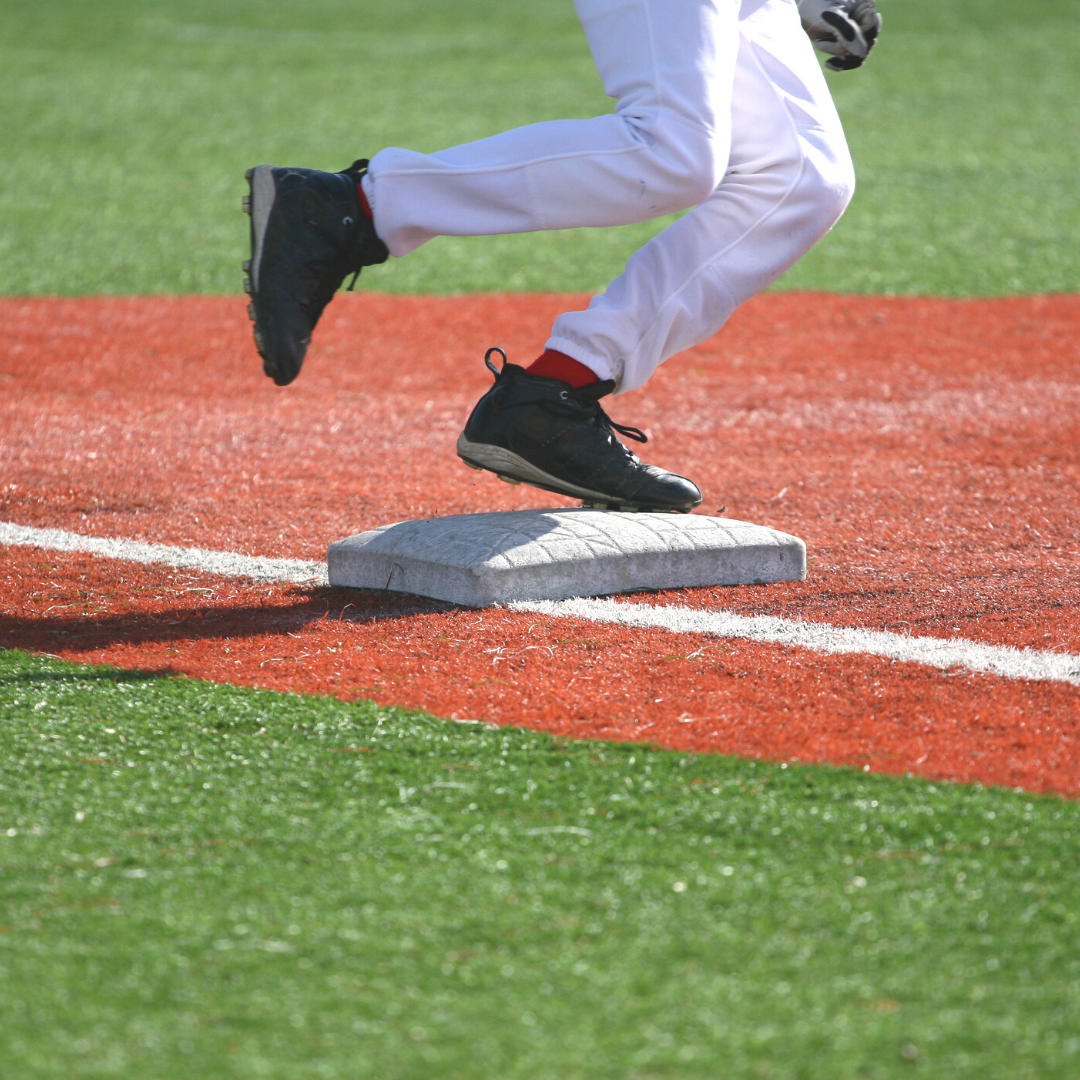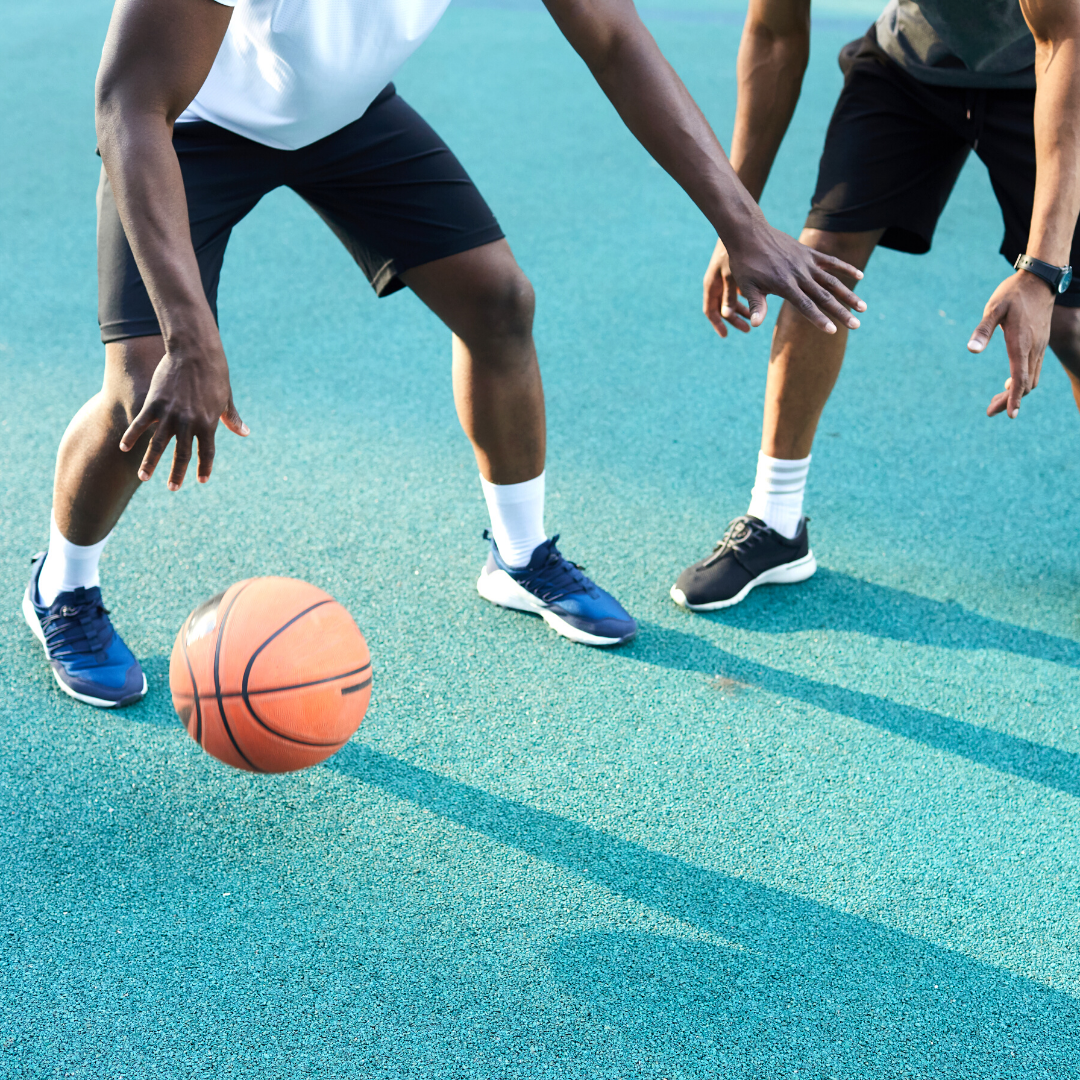Last week, Utah Jazz’s Rudy Gobert suffered his second knee injury of the season after his teammate, Derrick Favors, rolled into his left knee. Unfortunately, for Gobert, this resulted in a sprained left posterior cruciate ligament (PCL) and a bone bruise in the tibia (leg bone). Earlier in November, a collision with Miami Heat’s Dion Waiters resulted in a bone bruise to his right knee, which caused Gobert to miss 11 games.
The PCL is one of the two cruciate ligaments of the knee. It is located behind the anterior cruciate ligament (ACL) in the center of the knee, and it is mainly responsible for preventing the tibia from being displaced behind the femur (thigh bone). There are multiple ways athletes can injure their PCL including landing with too much stress on the knee with the foot pointing downwards, being hit on the front of the knee at the top of the tibia, and/or hyperextending the knee.
Diagnosing a PCL injury is made by performing a physical exam of the knee and doing an MRI. The MRI is critical to determine the extent of the injury, as PCL injuries range from sprains to partial tears to complete tears. In contrast to ACL tears, which almost always require surgical reconstruction, the overwhelming majority of the time, PCL injuries respond to conservative treatment. This involves getting any swelling out of the knee and strengthening the muscles around the knee (such as the quadriceps and hamstring). Rarely, the PCL needs to be fixed with surgery.
The good news for Gobert is that, based on reports, this was a lower-grade PCL injury that will respond well to conservative care. One issue that is often overlooked though is the bone bruising. These concomitant injuries can cause severe pain, which can slow down the recovery period. Prior to returning to impact activities, ie. running and jumping, the bruising will have to dissipate significantly. This doesn’t mean that it will be months before he returns, as he will likely be able to get some cardiovascular work in on an exercise bike or anti-gravity treadmill; but to get into game shape definitely requires running and jumping as one would during competition.
Another issue that comes up is whether or not Gobert’s left knee injury is related to compensation from his right knee injury. In short, I don’t think so. While occasionally we do see compensatory injuries as athletes recover, given that both of these were traumatic in nature leads me to believe that they aren’t related.
I expect to see Gobert back on the court in 4-6 weeks, and hopefully, this is the last time this season we have to discuss one of his knees being injured!



